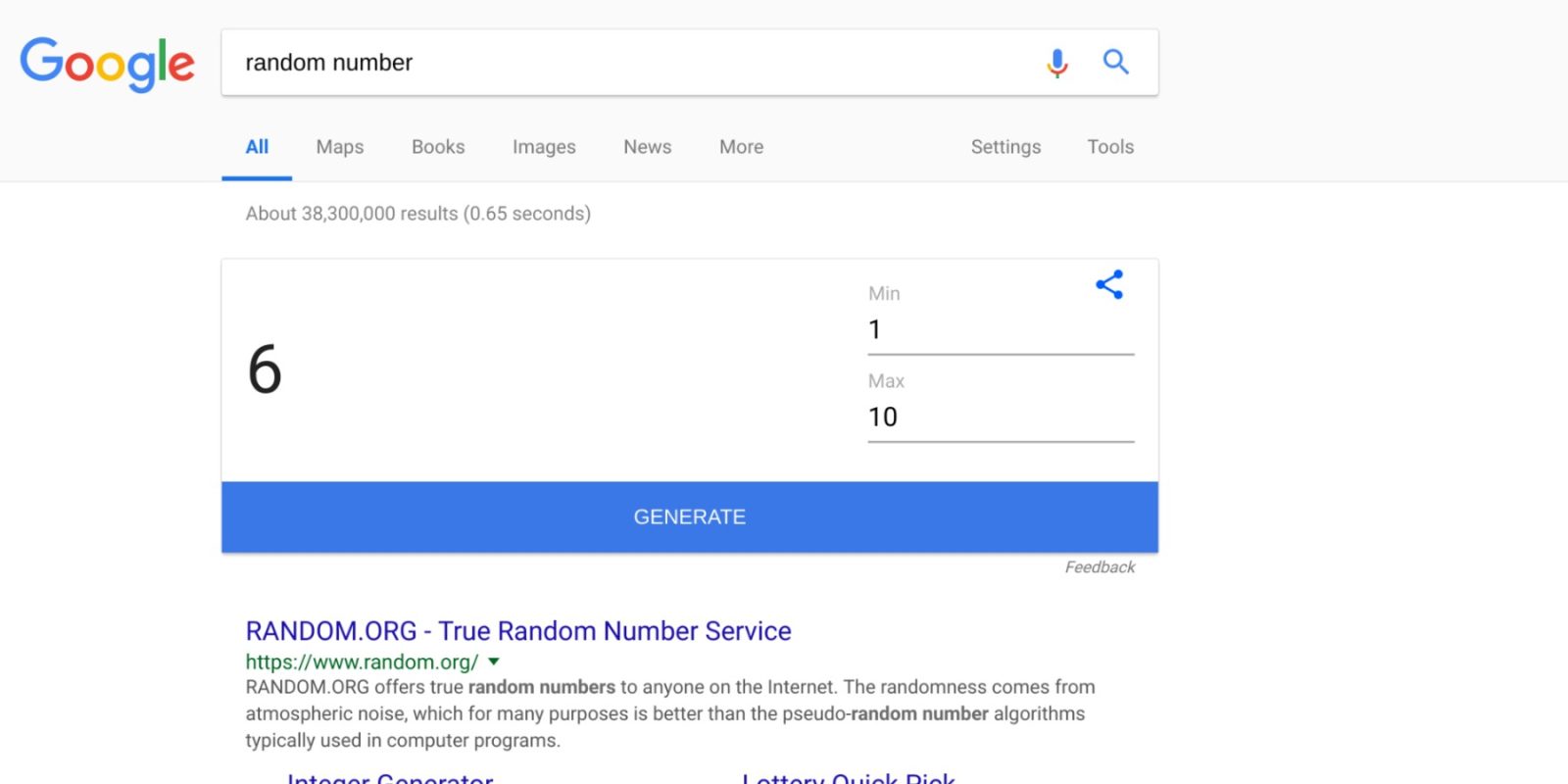How To Beat A Random Number Generator
This version of the generator creates a random integer. It can deal with very large integers up to a few thousand digits.
Comprehensive Version
This version of the generator can create one or many random integers or decimals. It can deal with very large numbers with up to 999 digits of precision.

Tip. Watch in 1080p Code for the Program: Public Class Form1 Dim dblnum1 As Double Dim intnum2 As Integer Dim intnum3 As Integer Dim intnum4 As. Beating Keno Random Number Generator.Beating Keno Random Number Generator Play Keno Guide Learn How to Beat Keno Beating keno, this told fashioned game, is very tough. Like we suggested before.

A random number is a number chosen from a pool of limited or unlimited numbers that has no discernible pattern for prediction. The pool of numbers is almost always independent from each other. However, the pool of numbers may follow a specific distribution. For example, the height of the students in a school tends to follow a normal distribution around the median height. If the height of a student is picked at random, the picked number has higher chance to be closer to the median height than being classified as very tall or very short. The random number generators above assume that the numbers generated are independent of each other, and will be evenly spread across the whole range of possible values.

How To Beat A Random Number Generator Apa
A random number generator, like the ones above, is a device that can generate one or many random numbers within a defined scope. Random number generators can be hardware based or pseudo-random number generators. Hardware based random-number generators can involve the use of a dice, a coin for flipping, or many other devices.
Beat Random Number Generator Slot Machines
A pseudo-random number generator is an algorithm for generating a sequence of numbers whose properties approximate the properties of sequences of random numbers. Computer based random number generators are almost always pseudo-random number generators. Yet, the numbers generated by pseudo-random number generators are not truly random. Likewise, our generators above are also pseudo-random number generators. The random numbers generated are sufficient for most applications yet they should not be used for cryptographic purposes. True random numbers are based on physical phenomenon such as atmospheric noise, thermal noise, and other quantum phenomena. Methods that generate true random numbers also involve compensating for potential biases caused by the measurement process.